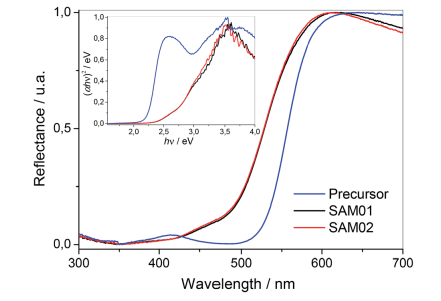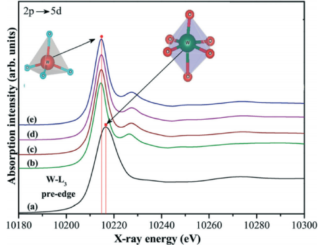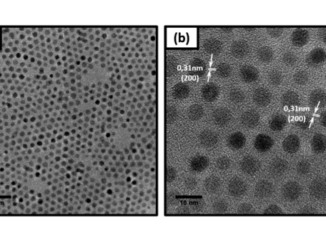
Vanadium pentoxide 1-D nanostructures applied to dye removal from aqueous systems by coupling adsorption and visible-light photodegradation
Abstract: This paper evaluates the photocatalytic and dye adsorption properties of highly crystalline orthorhombic vanadium pentoxide (V2O5) one-dimensional (1D) nanostructures, such as nanowires and nanorods, synthesized by a hydrothermal method. The as-synthesized samples were characterized by X-ray diffraction (XRD), UV-vis diffuse reflectance spectroscopy (DRS), scanning and transmission electron microscopy (SEM and TEM), thermogravimetry (TGA), zeta potential, Fourier transform infrared spectrometry (FTIR), N-2 adsorption isotherms and high-resolution C-13 nuclear magnetic resonance (NMR). The dye adsorption capability and photocatalytic properties under visible light were mainly studied by the removal of the methylene blue dye (MB). Despite their low specific surface area (approximately 35 m(2) g(-1)), the nanostructures showed high MB adsorption capabilities of greater than 400 mg g(-1). Additionally, due to the band-gap values (approximately 2.6 eV), the nanostructures could be successfully applied to photodegradation under visible light, showing higher photoactivity than commercial V2O5. The MB adsorption mechanism onto V2O5 1D-nanostructures surface can be explained via NMe2+ interaction with the negatively charged surface of the studied samples. The observed combination of adsorbent and photocatalytic properties makes the V2O5 1D-nanostructures a promising material for organic pollutant decontamination, which appears more efficient for cationic species.
Author(s): Avansi, W; de Mendonca, VR; Lopes, OF; Ribeiro, C
RSC ADVANCES
Volume: 5 Pages: 12000-12006 Published: 2015
DOI: 10.1039/c4ra12788a




